Advanced Ukulele Skills: Unlocking New Techniques
Clear tips to improve your ukulele playing
Advanced ukulele skills are hardly ever considered. However, there are plenty of ways that you can level up your playing! Adding some class and control, let’s unlock some new techniques…
Advanced Ukulele Skills: Unlocking New Techniques
The ukulele is arguably the best and easiest way to get into being able to play a musical instrument. Being very small in size and consisting of only 4 strings, you can learn the ukulele without sacrificing your busy work schedule.
Of course, you already know this. You’re here for some advanced ukulele skills. Although, if you’re still unsure where to start, this guide will undoubtedly point you in the right direction.
Realistically, all we need is a good understanding of the basics. Naturally, you may need your first ukulele, or you may be looking to upgrade from what you already have. Thankfully, *Thomann has you covered:

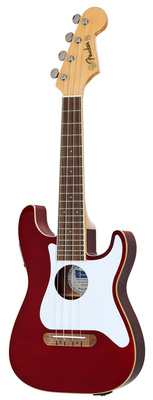



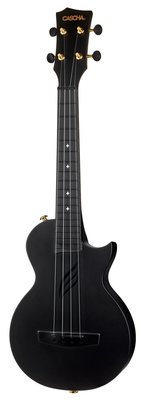
Strumming Patterns
Firstly, we’re going to look at some strumming patterns. Overall, this new advanced ukulele skill will provide rhythm and sophistication to your chord work.
Initially, you’ll need a basic concept of rhythms in music. Otherwise, we can get cracking right away. It’s fun to strum through chords, right? But sometimes it can be difficult to hear the song that you’re trying to play. This is where strumming patterns come in.
By playing varying combinations of down and upstrokes with your strumming hand, you can fundamentally change the mood and feel of a piece of music. For instance, rapid down strokes would create a sense of movement and force. A few down and upstrokes slowly create a light and airy sound. Why not check out a couple of examples?
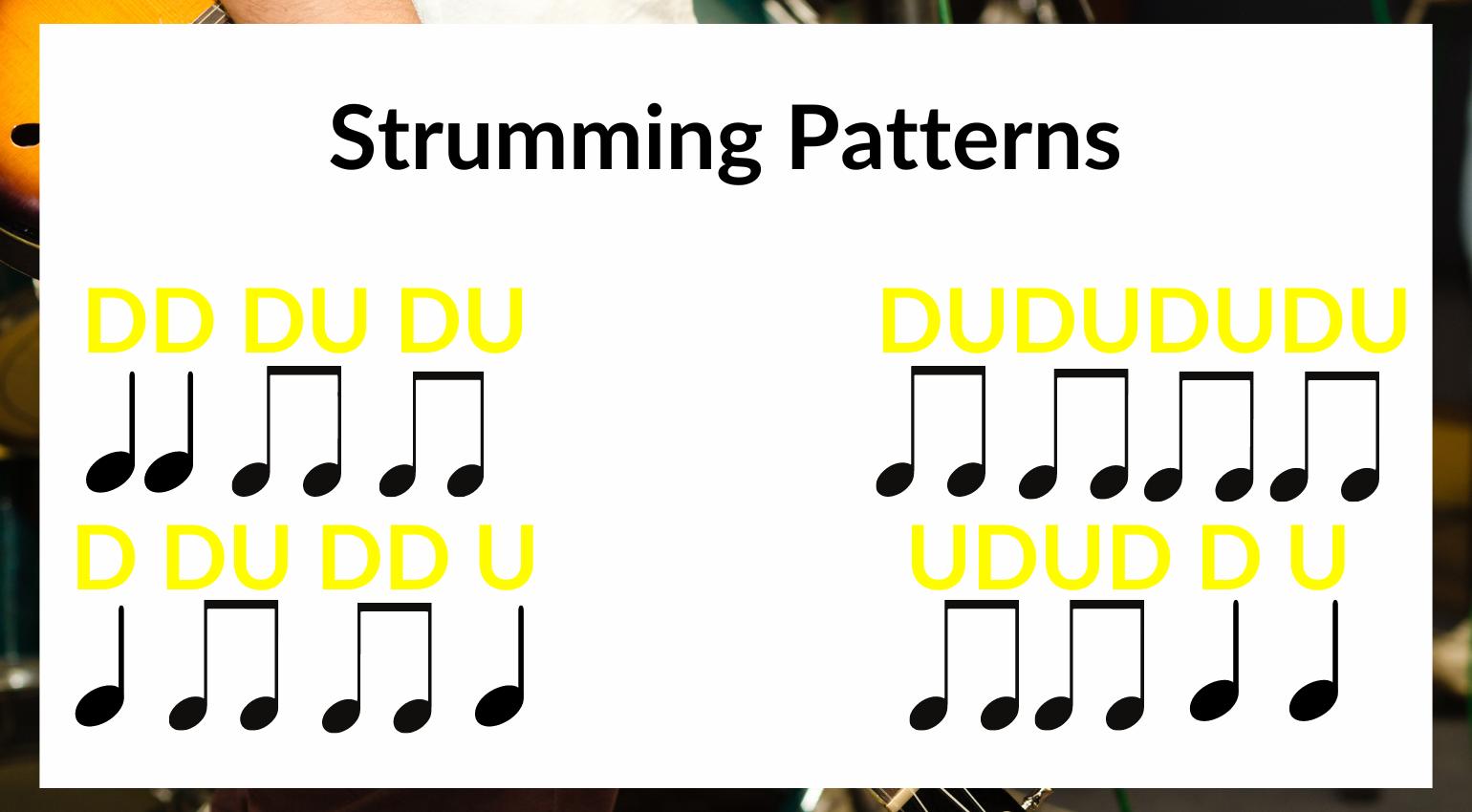
Moreover, it’s not just us looking to expand our ukulele playing. Chart-topping hits can also feature this advanced ukulele skill:
Chord Inversions
After adding some different rhythms, you should be thirsty for more ways to switch up your playing. Here, we’ll look at some new chord shapes that’ll blow your mind…
So, what are they? Chord inversions are alternate ways of playing the same chord. Most people are familiar with the basic C major or A minor style chords. However, there are other ways of playing the same chord. Don’t worry! You still get the same chord, just in a different pitch. Inversions often provide a fuller sound.
Furthermore, we can start to jazz things up with minor and major 7th chords. This advanced ukulele skill involves some music theory. We’ll add the respective major or minor 7th degree to a chord. So a normal C major would have the notes C, E and G. Whereas Cmaj7 would contain C, E, G and B.
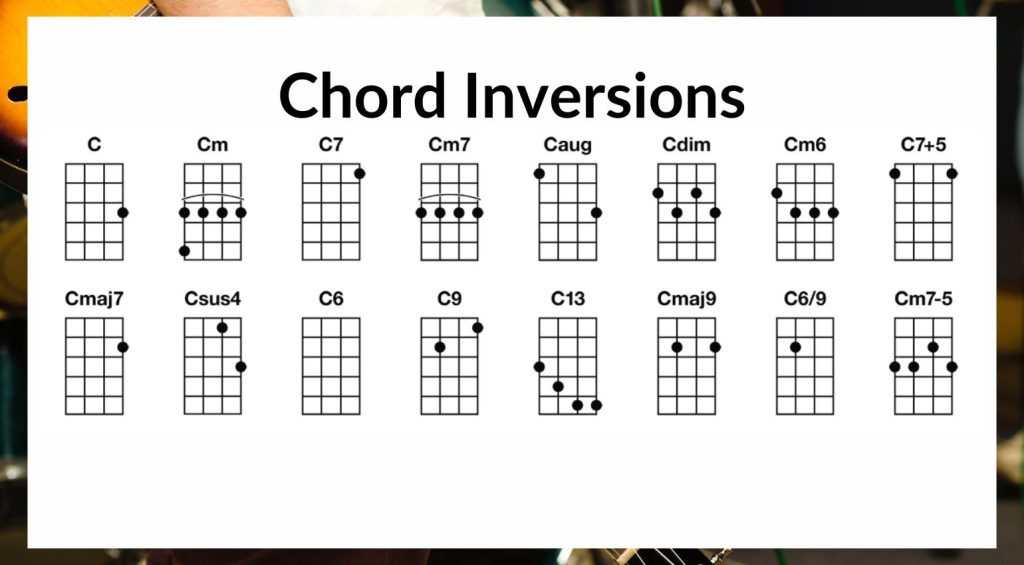
Playing Melodies – Advanced Ukulele Skills
The first thing guitarist do when learning their instrument is learn loads of cool riffs. However, that’s not the case for ukulele players. But, did you know that you can still play lead melodies from songs? Let’s see how it works.
This advanced ukulele skill involves some TAB reading. Instead of just playing chords as a form of accompaniment, why not take centre stage? The melody is usually the main vocal line within a piece of music, and thanks to TAB, we’ll be able to play that on the ukulele!
Now, some lead lines are harder than others and will require more dynamic range than the ukulele can offer. However, there are plenty of possibilities. Just like this one:
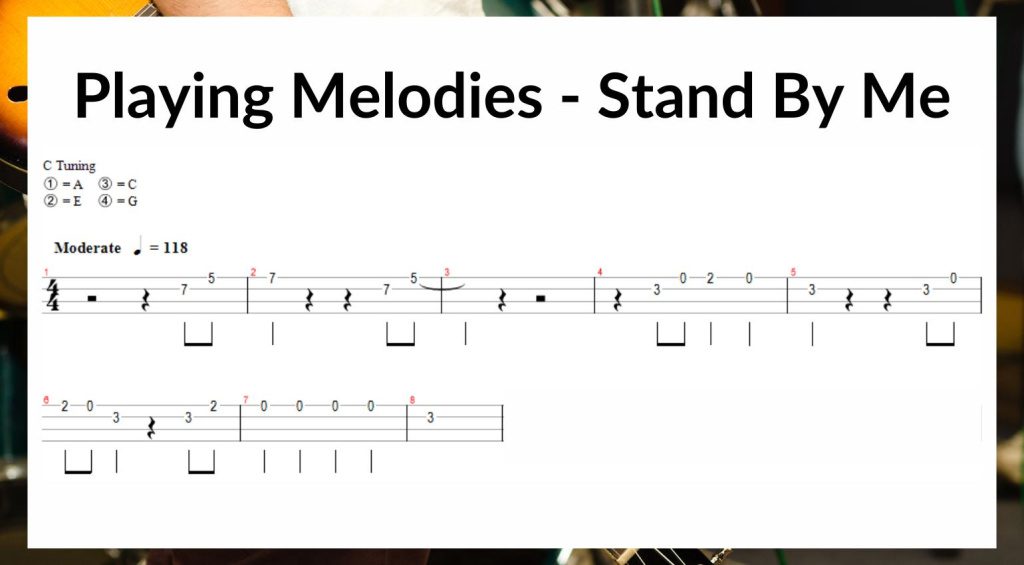
It often helps to use a plectrum when playing through melodies. If you don’t have one already, *Thomann has lots to choose from!

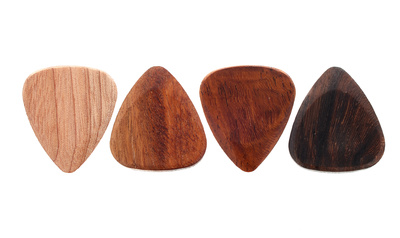
Dynamic Control
Penultimately, we need to look at dynamics. Referring to different types of volumes within a piece of music, dynamic control adds a degree of maturity to your playing. Thus, being considered as an advanced ukulele skill.
Considering that the ukulele is typically an acoustic instrument, we as players need to control the dynamics manually. How does this translate to our instrument? For quieter dynamics, you’d want to play softly and perhaps without a plectrum. Contrastingly, to achieve louder dynamics, you would have to apply more pressure to the strings when strumming or picking.
How should we know when to do this? Thankfully, most pieces of music contain dynamic markings, suggesting what sort of dynamic to play. They’re displayed as one or two letters. You don’t have to be fluent in Italian to understand them either! Here are a few examples:
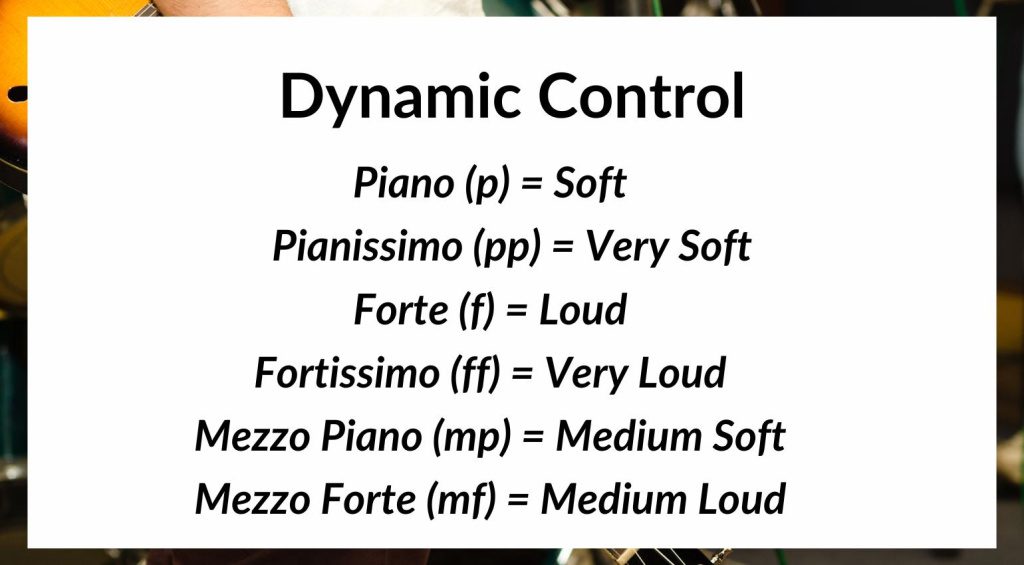
Right-Hand Techniques
Concluding our look at advanced ukulele skills are a few additional techniques that will take some practising. Don’t worry, get these down and you’ll be on your way to pro status.
Percussion can be necessary for your playing. For instance, playing one strum, and then hitting the body of the instrument with a closed fist. Doing this provides your own accompaniment. Moreover, rhythmic variations can also have a percussive effect. This can be achieved by switching up your strumming patterns and introducing different rhythms within the same piece of music.
Ukulele rolls and fake strums are also cool refined skills that we can add. Rolls involve striking downwards on the strings, but leading with your 4th finger, being followed by your 3rd, 2nd and 1st. Overall, this creates a downward roll across the strings. Fake strums are where you pluck all four strings simultaneously with one finger per string, totalling one crotchet beat.
Advanced Ukulele Skills: Benefits for your music?
Combining these additional skills will take your ukulele playing from strength to strength. Sure, other instruments have more street credit, but even George Harrison was passionate about his ukulele.
Videos:
Further Information:
*This post contains affiliate links and/or widgets. When you buy a product via our affiliate partner, we receive a small commission that helps support what we do. Don’t worry, you pay the same price. Thanks for your support!
One response to “Advanced Ukulele Skills: Unlocking New Techniques”

 4,8 / 5,0 |
4,8 / 5,0 | 









good info for beginner like me. tqsm